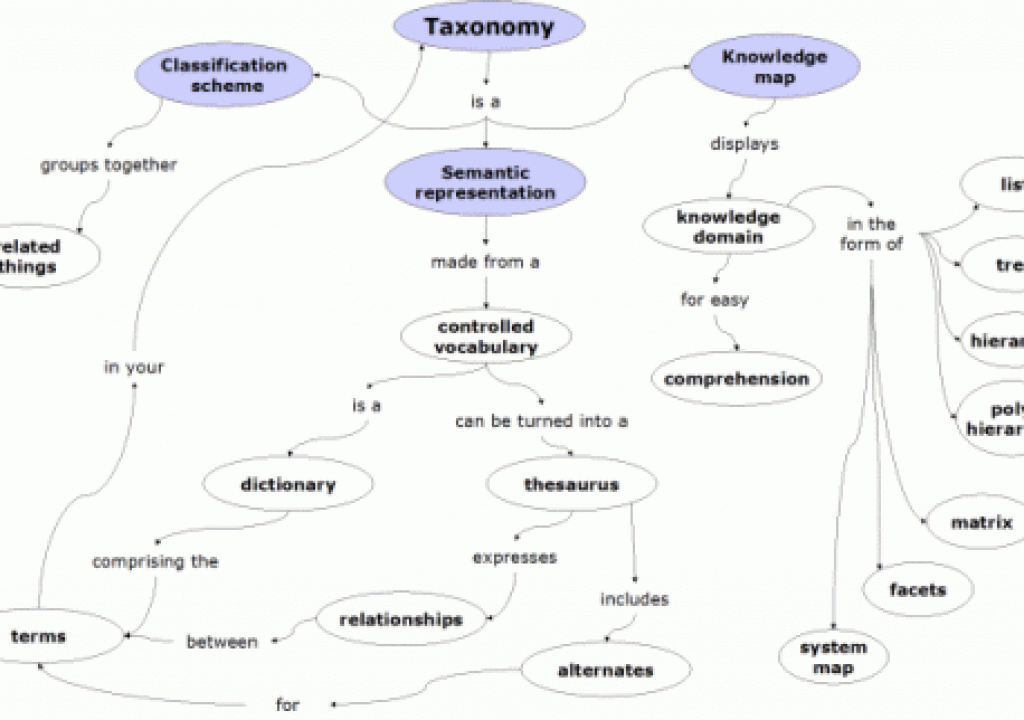How many readers realise the absolute importance of getting the taxonomy, ontology and metadata correct for all the future developments in digital media?
Having spent yesterday at the Henry Stewart conference on the Essentials of Metadata & Taxonomy, I am in no doubt as we grow in complexity and move towards semantic web applications, that companies failing to get it right will loose major market share and growth potential.
I do not think this was lost on the attendees at this excellent and informative conference. With a mixed group of media people, consultants, IT specialists, Archivists, information architechts, strategists and librarians, collectively known as “freaks” A joke coined by the excellent keynote/chair/moderator Madi Solomon AMIA
If this conference had a taxonomic graph associated with it, it would look something like this.
The word taxonomy itself derives from two Greek stems: taxis, and nomos. Liddell and Scott’s Greek-English Lexicon describes the meaning of nomos as: “anything assigned, usage or custom, law or ordinance”.Taxis, broadly, means the arrangement or ordering of things, but it is used in ancient Greek quite flexibly to encompass the disposition of soldiers in military formation, a battle array, a body of soldiers, the arrangement, order or disposition of objects, order or regularity in general, ordinances, prescriptions or recipes, assessment of tributes or assigned rations (whence comes taxation), political order or constitution, rank, position or station in society, an order or class of men, lists, registers, accounts, payments, and land types, a treatise, a fixed point of time, or a term of office.
So the term taxonomy means in general the rules or conventions of order or arrangement, and the variety of usage we’ve just seen reflects the extent to which taxonomies can enter daily life, from classes of people to the disposition of things, ideas, times and places.
This somewhat loose description will form our background definition, instead of the much narrower sense of taxonomy as it has evolved in the biological sciences. When we come to knowledge management applications however, we need more specific guidance on what to look for in a good taxonomy.
There are three basic characteristics of a taxonomy for knowledge management, and to be any good at its job, it needs to fulfil all three functions:
This excellent article continues at Green Chameleon
A more detailed look at the conference and its participants will be posted shortly. Taxonomy, becuase the message is the medium.

